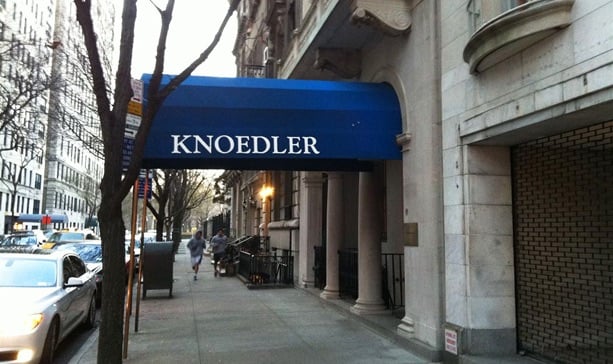Law & Politics
Can DNA Verification End Art Forgery Forever?
Experts are developing labels containing DNA samples from their authors.

Experts are developing labels containing DNA samples from their authors.

Henri Neuendorf

High-profile art forgery cases are on the increase. Cases such as the Knoedler scandal and the Wolfgang Beltracchi scandal have cost collectors and institutions billions of dollars. According to some estimates, as many as two in five artworks sold on the market today are fakes.
In response, the University of Albany and Aris insurers have developed unique marking technology which could provide artworks with a unique synthetic DNA tag.
The study—which is being supported by prominent artists including Chuck Close—may have found a way to verify disputed artworks beyond reasonable doubt in seconds.

The scheme is backed by American artist Chuck Close.
Photo: filmswelike.com
According to Aris chairman Lawrence Shindall, experts have developed labels containing genetically engineered tags that can be stuck on to artworks. Over time the DNA transfers into the artwork “on a molecular level,” so that even if the label comes off the work can still be verified.
A handheld scanner compares the labels with samples stored in an online database. If a label is removed or peels off, experts can still carry out a sample analysis using swabs.
With an estimated cost of just $150, the DNA labels could provide a convenient and very affordable verification system when taking into account the high prices of some contemporary artworks. For example, an early print by Chuck Close recently went for $4.8 million at Sotheby’s.

Forgery cases such as the Knoedler Gallery scandal could soon be a thing of the past.
Photo: artfcity.com
“A great deal of art theft, particularly of the domestic kind goes unreported,” Dr. Tom Flynn, a London-based authentication expert involved in the study, told the Daily Mail.
“Many fakes and forgeries are never detected, even after the perpetrators are exposed, while illicit traffic in cultural objects looted from archaeological sites is now arguably beyond the control of law enforcement agencies,” he said.
“Circulating within the market’s social matrix is the art object itself—the authenticity of which is often decided by a consensus built on what appears to be the most fragile of foundations,” he explained.